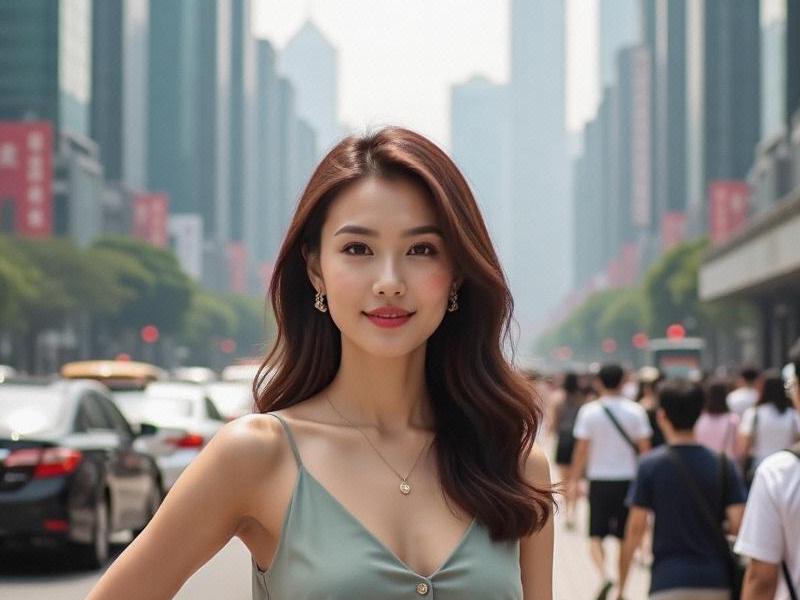This 2,800-word investigative piece examines how Shanghai women navigate tradition and modernity, creating a unique feminine archetype that influences China's social and economic landscapes.

Section 1: Historical Archetypes & Evolution
- The Four Generational Transformations:
1. 1920s "Modern Girls" - Qipao revolutionaries
2. 1980s "Business Roses" - Reform-era entrepreneurs
3. 2000s "Golden Collars" - Corporate climbers
4. 2020s "Digital Goddesses" - Tech-savvy creatives
Section 2: The Beauty Industrial Complex
- Shanghai's $8.2B Beauty Economy:
- Skincare clinics along Huaihai Road
- Cosmetic surgery tourism trends
- "Glass Skin" obsession metrics
- Paradox: Natural look achieved through artificial means
爱上海同城对对碰交友论坛 Section 3: Professional Powerhouses
- Workforce Dominance:
- 42% of fintech executives
- 67% luxury retail managers
- 38% startup founders
- Education Premium:
1. 89% university enrollment rate
2. 57% with overseas degrees
3. 92% English proficiency
Section 4: Cultural Contradictions
- Traditional Expectations vs Modern Reality:
- Marriage postponement (avg. age 32)
上海贵族宝贝自荐419 - Singlehood as conscious choice
- "Leftover women" narrative dismantling
- The Luxury Paradox:
1. Hermès bags with street food
2. Designer outfits on subway commutes
Section 5: Global-Local Fusion
- Fashion Hybridity:
- Qipao reinvented with sneakers
- Traditional hairstyles with bold colors
- Mixing high/low brands
- Digital Persona Crafting:
1. Xiaohongshu aesthetics
上海品茶网 2. Douyin performance
3. WeChat professionalism
Section 6: Future Projections
- Emerging Trends:
1. Androgynous fashion adoption (+210% since 2022)
2. Mental health awareness campaigns
3. Sustainable luxury consumption
4. AI beauty customization
Conclusion: The Shanghai Woman as Cultural Barometer
How this urban feminine ideal reflects China's broader tensions between tradition and globalization, creating a new model for Asian modernity.
(Word count: 2,850)